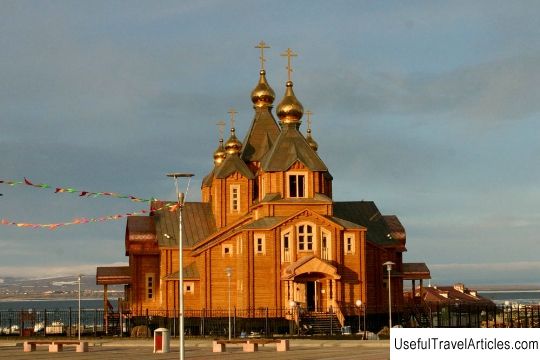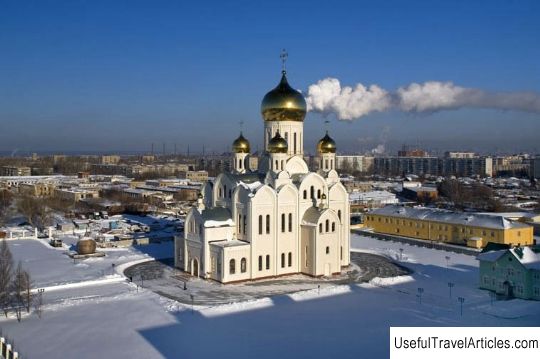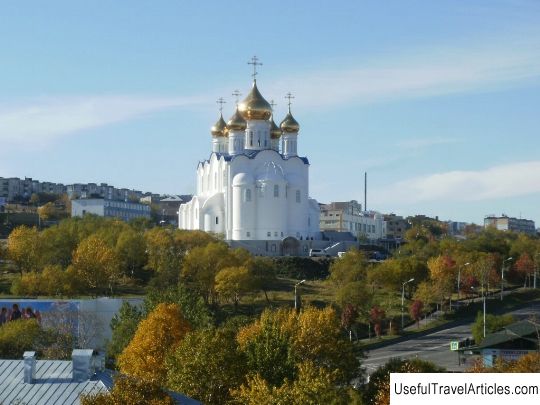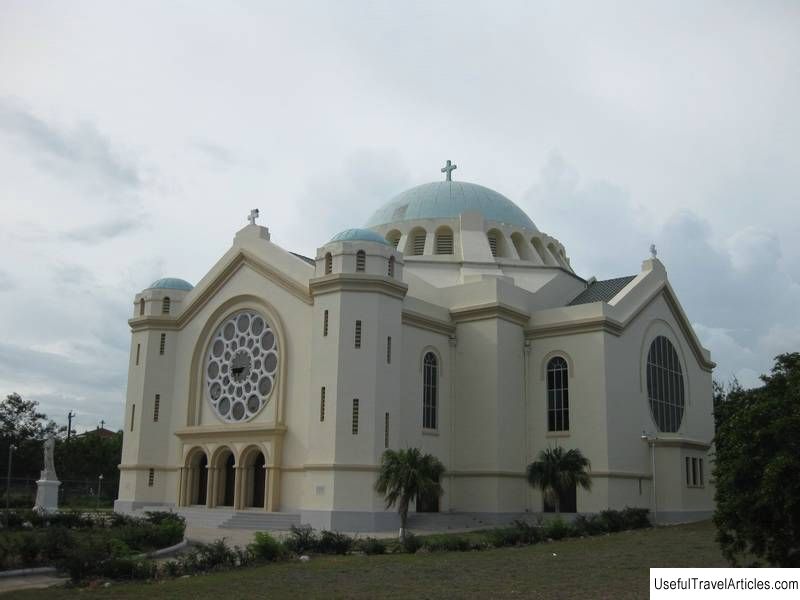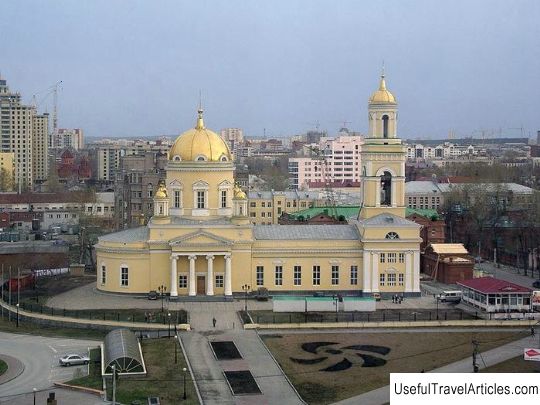Cathedral of the Life-Giving Trinity description and photo - Russia - North-West: Valdai
Rating: 9,8/10 (5489 votes) 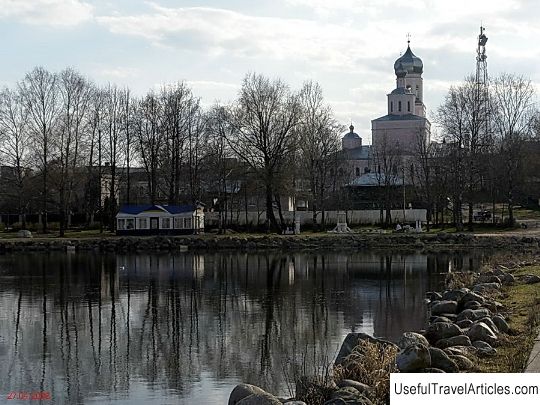
Trinity Cathedral of the Life-Giving description and photos - Russia - North-West: Valdai. Detailed information about the attraction. Description, photos and a map showing the nearest significant objects. Photo and descriptionThe exact time of the founding of the Valdai Cathedral of the Holy Trinity is unknown. Initially, the temple was built of wood and was subjected to devastating fires several times. For example, it is known for sure that in the spring of April 11, 1693, the temple was badly damaged as a result of a terrible fire. In 1694, according to the blessed letter of the Velikie Luki and Novgorod Metropolitan Korniliy, the necessary permission was obtained to erect and consecrate a stone church in honor of the Holy Trinity. Judging by the clerical records of that time, it becomes clear that the Trinity Cathedral was built at the expense of the faithful parishioners. The consecration of the temple took place in 1744 during the reign of Empress Elizabeth Petrovna. Beginning in 1772, the post of archpriest was approved in the cathedral. The temple parish included a third of Valdai from the beginning of the cathedral square to Zimogorye itself and about 11 villages, which included: Eremina Gora, Ovinchishche, Dobyvalovo, Dolgie Borody, Ugrivo and some others. In the cathedral are stored antimension, one of which was consecrated during the reign of Catherine II in the city of St. Petersburg by St. Petersburg and Novgorod Archbishop Gabriel. It was in this antimension that a particle of the relics of the holy apostle, who was the archdeacon and first martyr Stephen, was put. During the 18th - 19th centuries, the Church of the Holy Trinity was modified more than once and even radically rebuilt. In 1802-1803, two side-chapels were dismantled and then re-attached to the church: the northern one, which was consecrated in the name of the Tikhvin Icon of the Mother of God, and the southern one, consecrated in the name of the holy great martyr Paraskeva-Friday. In 1837, the bell tower, dating back to the 18th century, was completely dismantled due to the fact that a large crack had formed in the masonry of the wall; in place of the old bell tower, a new bell tower was built, even more spacious and spacious, but, like the previous one, in the "Greek" style. For the largest bell, the first tier was assigned - the Festive tier, and the upper tier was intended for the Weekday, Polyeleos and Voskresny, as well as other small and medium-sized bells. Due to the fact that a bell tower appeared at the cathedral, the temple became clearly visible from literally all points of the city. In the middle of 1851, large-scale work was carried out concerning the reconstruction of the temple, while the iconostases were gilded, the wall paintings were updated, gilded silver frames of several especially revered local icons. In the spring of May 13, 1852, the main temple altar was consecrated by Metropolitan Anthony of Novgorod. In 1853, all the existing murals on the walls of the church were painted over, which had been previously painted by the artist Ivan Dubinin. During the procession, which began in 1850, all city residents accompanied the Iberian icon to the monastery building Mother of God - then a fire accidentally broke out in the cathedral, which was not noticed at the time, for which reason it caused significant damage. The cathedral roof burned down completely, and the bell tower was especially badly damaged. At one time, a large bell was cast for the bell tower, which was significantly damaged during the fire, as it fell and almost completely broke. Until recently, the renovated interior was also damaged, because not only the iconostasis, but also many icons and murals literally perished. Some icons still managed to be saved from the deadly fire, which included icons of St. Nicholas the Wonderworker, Paraskeva-Pyatnitsa, Holy Trinity and some others. Almost a year was spent on the complete restoration of the cathedral, and all work was carried out exclusively with the money of the parishioners. In the spring of 1881, the temple was once again subjected to fire, after which the main chapel in the name of the Holy Trinity. During the 1930s, services were stopped in the Trinity Cathedral, and the temple was closed. During 1941-1942, an evacuation hospital worked in the building of the temple, and later the House of the Red Army. After the end of the Great Patriotic War, the district House of Culture operated in the temple building. In early 1997, a lot of money was collected for the repair of the church. After restoration work in 1998, the church was consecrated by the Novgorod Archbishop Lev.      We also recommend reading Philippine Eagle Center description and photos - Philippines: Davao Topic: Cathedral of the Life-Giving Trinity description and photo - Russia - North-West: Valdai. |
